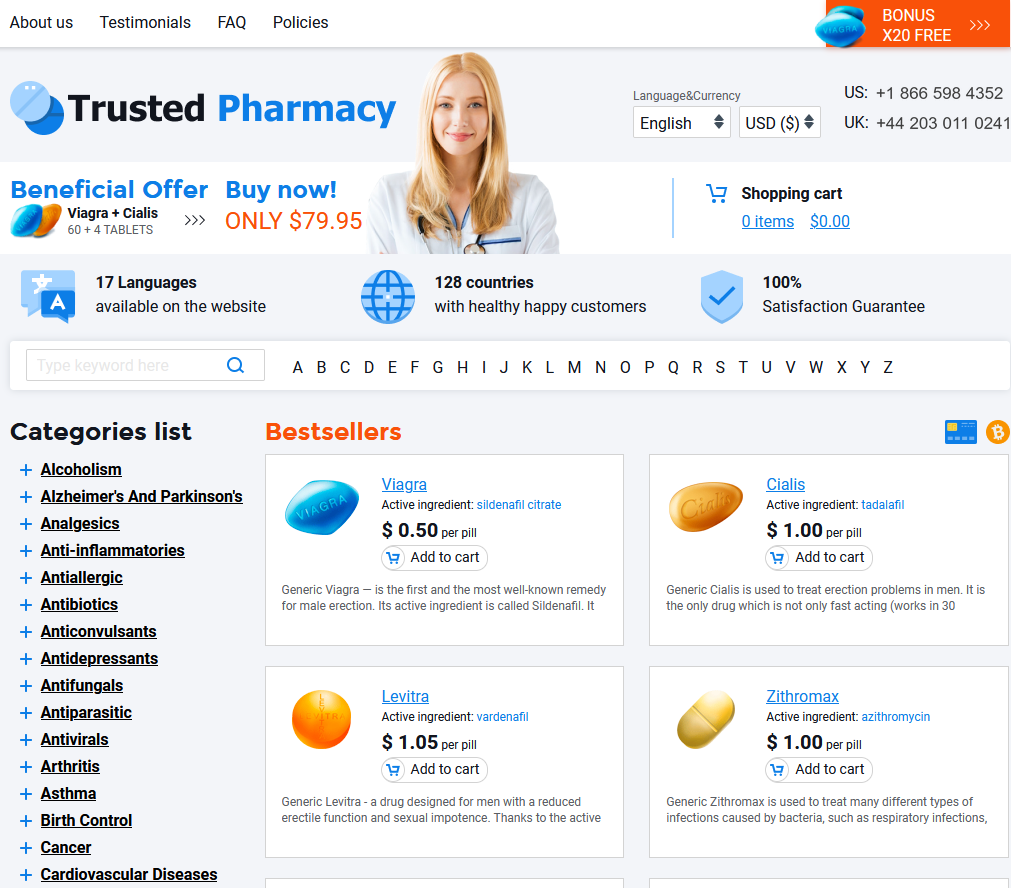What Makes Tetracycline Popular for Acne Care
With a track record stretching back decades, tetracycline is frequently chosen by dermatologists for moderate to severe acne. Its widespread use stems from its proven ability to target acne at its source, offering hope to those frustrated by less effective over-the-counter solutions.
Additionally, tetracycline’s oral administration is convenient compared to topical treatments, making it appealing for people seeking a simple routine. Quick results and accessibility have contributed to its steadfast presence in acne care.
| Advantages | Summary |
|---|---|
| Convenient Oral Medication | Easy to take as part of daily routine |
| Broad Dermatological Use | Effective for many with moderate or severe acne |
How Tetracycline Fights Acne-causing Bacteria

Tetracycline, a well-established antibiotic, targets the root cause of stubborn acne by disrupting the growth of bacteria trapped within skin pores. It blocks these bacteria from producing proteins essential for their survival, essentially halting their ability to multiply and trigger inflammation.
As the population of acne-causing bacteria decreases, swelling and redness of outbreaks often start to subside. This not only stops new pimples from forming but also helps the skin gradually regain a clearer, smoother complexion.
Expected Improvements: Success Stories and Results
Many people struggling with persistent acne turn to tetracycline when other treatments fall short. For teens and adults alike, stories often highlight clearer skin within a few weeks of starting therapy. Red, inflamed pimples begin to shrink, and new breakouts become less frequent as the medicine takes effect.
One patient described feeling more confident after a month, citing significantly reduced swelling and fewer blemishes after incorporating tetracycline into their routine. Dermatologists frequently observe similar improvements, especially in moderate to severe cases where topical creams are no longer enough.
While results may vary, clinical studies show that most individuals experience a 50-70% reduction in acne lesions after several weeks with consistent use. This substantial change helps many regain not just clearer skin, but peace of mind as well.
Common Side Effects You Should Watch for

For many people starting tetracycline, mild digestive troubles like nausea or diarrhea are often the first signs their body is adjusting to the medication. Sunlight sensitivity is another common experience—just a short time outdoors can result in red, sunburned skin. On rare occasions, someone might notice unusual headaches or visual changes. While most side effects are manageable or fade over time, it's crucial to listen to your body and reach out to your doctor if symptoms become severe or worrying.
Dealing with Resistance: When Tetracycline Stops Working
When acne no longer responds to tetracycline, frustration can set in. This phenomenon, known as antibiotic resistance, happens when bacteria adapt and become less sensitive to the medication. Resistance can build up over time, especially if antibiotics are used for several months without breaks or if doses are missed.
Doctors often spot resistance when breakouts persist or worsen despite continued treatment. At this point, switching to alternative therapies or combining tetracycline with other medications—like topical retinoids—may help.
| Signs of Tetracycline Resistance | Next Steps |
|---|---|
| Persistent acne flares | Switch antibiotic or add topical treatments |
| No visible improvement after months | Consult dermatologist for a revised plan |
Tips for Safe and Effective Acne Treatment
Starting a tetracycline regimen requires commitment and consistency. Remember to take your medication exactly as prescribed—skipping doses or stopping early can reduce effectiveness and encourage resistance. It’s equally important to protect your skin from the sun, since tetracycline can make you more sensitive to UV rays, increasing the risk of sunburns.
Pair your antibiotics with good skincare habits. Gentle cleansers and non-comedogenic moisturizers help avoid irritation while supporting your skin's healing process. Finally, always keep your healthcare provider informed about your progress. Reporting new symptoms or side effects early ensures timely adjustments and helps you achieve the best possible outcome.

